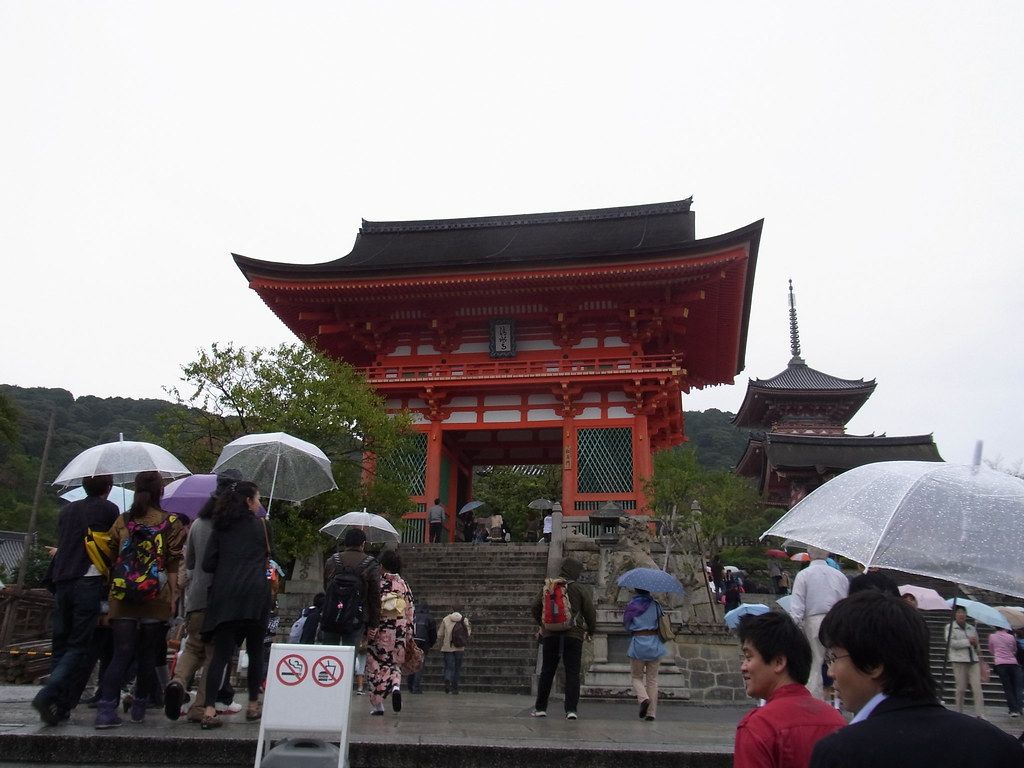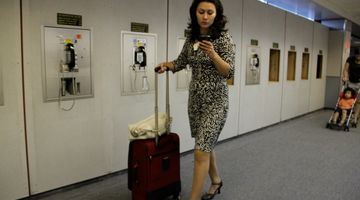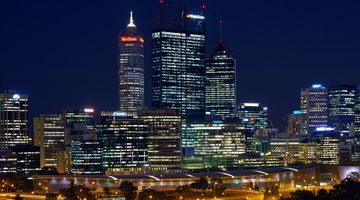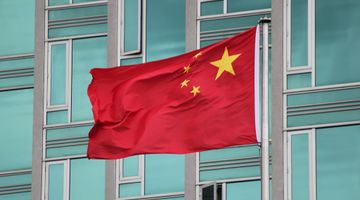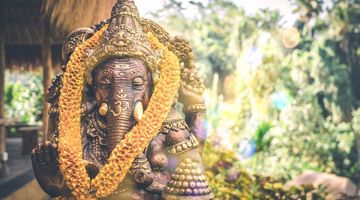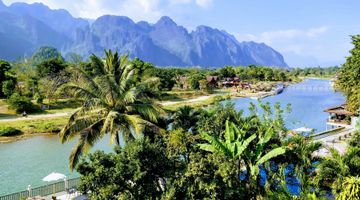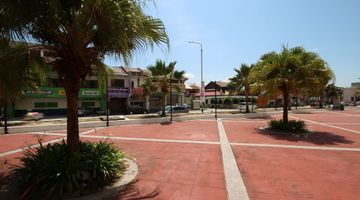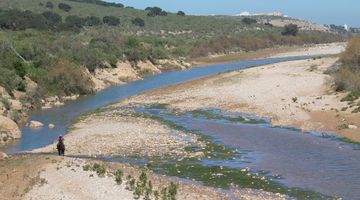Kyoto Japan – Your Quick Travel Guide
In a nutshell
Kyoto, located in the Kansai region, was the capital of Japan for more than a thousand years. It has conserved many sights and traditions from the feudal times till today. As Kyoto is close to Osaka, Nara and only 2 hours’ ride from Tokyo, one cannot miss the opportunity of visiting it for at least three nights.
Why go to Kyoto
Once you set foot in Kyoto, it will be impossible to forget it. The city attracts the visitor by its many alleyways, culinary feasts, and atmospheric temples and gardens. Every season brings new experiences in Kyoto, and to really appreciate its beauty, one would need to visit it in autumn – for the “momiji”, in spring – during the sakura blossom time, in summer – for its festivals, and in winter –for a snowy day in Kyoto when it is a perfect moment for taking a picture.
When to go to Kyoto
The best season to visit would be autumn, in early November, when all the trees turn bright red and yellow, or in early April, when sakura blossom transforms most suburbs of Kyoto into a pink garden. However, due to the huge crowds of Japanese tourists at these particular periods, we would recommend visiting Kyoto for the first time in early October, or mid-May, once the Golden week national holiday period is over.
Where to stay in Kyoto
Depending on one’s taste and budget, Kyoto offers various types of accommodation, not only the Western type of rooms, but also a number of “Ryokan” hotels, with exquisite Japanese style rooms with tatami, where you can experience sleeping right on the floor on a futon. This is unforgettable and not to be missed.
Where and what to eat in Kyoto
Kyoto is a paradise for food lovers, as you can find both the general Japanese specialties, such as Sushi, Sashimi or Tempura and also the dishes of imperial cuisine inherited from feudal times, with set menus of Kaiseki Ryori. While in Osaka, one can taste Tako Yaki , the squid fried balls, in Kyoto, it is Obenzai Ryori, a set of small dishes, based on seasonal ingredients, and family orientated, which is popular.
A particular type of cuisine is also available in monasteries, from the monks, or in specific restaurants. A vegetarian dish called “Shojin Ryori” is cooked mostly from roots and herbs or flowers.
The best way to explore all these ingredients is by taking a walking tour in Nishiki Market, under a covered arcade, where the local chefs buy their pickled vegetables or bonito flakes. The budget varies from the type of the establishment you visit. An average bill would be JPY1500 for lunch.
How to get around Kyoto
It is fairly easy to get around by public transports or taxi in Kyoto. Maps are available for free in many corners of the city, both in English and Japanese.
One of the scariest things in Japan is the complexity of its language and signs. While a few years ago the signs were not always translated, nowadays all directions and street names are usually indicated in both languages. The same applies to museum brochures, and public places. However, restaurants, coffee shops and shop assistants may not always be able to help you in your own language.
Using mobile apps and maps may give you a hand, and it is convenient to buy a pass for a day, a week or a month. It allows you to use various kinds of transport, such as the train, subway or bus. Some train lines, owned by different companies require a different ticket (this is the case with Hankyu and JR Trains). You can buy a one day bus pass, a Kyoto Traffica card, or a bus and subway card.
While using the local buses, you will need to press a button before your stop, which can be a bit tricky during the rush hour.
Taxis are very helpful but expensive. You can hire a cab almost anywhere in Kyoto in the daytime or at night. Their doors open automatically, and the drivers wear gloves! Some of them may speak English, some may not, but you will always get to your destination. It is a good idea to have the address of your destination on your mobile, or on a map, to show the driver.
The subway and trains run till midnight, and the last train is always crowded by the local Japanese businessmen, the so called “salary men”, going back home, after having a drink with colleagues. However, you will always feel safe on the trains and other vehicles in general.
Kyoto centre is also easily explored on foot or by bicycle, the local favourite.
How to get to and from Kyoto
From Tokyo to Kyoto
How to get from Tokyo to Kyoto? Most visitors to Japan will follow this travelling pattern, arriving at Narita Airport and travelling to Kyoto after spending a few days in the capital. From Tokyo station, or Shinagawa station, the JR Shinkansen trains run to Kyoto with diverse intervals and speed.
The fastest train is called Nozomi and takes 2H15 minutes while the Hikari train takes around 2H30 minutes. The most attractive fare for Shinkansen trips is the Japan Rail Pass, available only to foreign tourists, for a duration of 7,14 or 30 days. Reservations are not compulsory, however, they are recommended when you travel in high seasons.
It is also possible to fly to Narita Airport, Tokyo, transfer to Haneda Airport, Tokyo, by the airport shuttle and then board a domestic flight to Itami Airport, Osaka. From Osaka, a direct train to Kyoto, or a bus will bring you to the city. This is, however, a much more time consuming option, in particular because of the connection between the two airports in Tokyo.
How to get from Kansai Airport to Kyoto
Another common entry point for visitors to Kyoto is through Kansai International Airport (KIX). Most international airlines fly into KIX, both from Europe (the UK, France, Italy, Germany and Switzerland) and from Asia (Singapore, Hong-Kong, China, South Korea or Indonesia). Major American and Australian airlines also make flights to and from Kansai Airport. The flights may be slightly more expensive than those coming to Narita, Tokyo, but you will save the time, should you not wish to visit Tokyo at all.
There is an express train Haruka linking KIX airport to Kyoto, in less than 80 minutes, starting at 6.30am from KIX. The Japan Rail Pass covers the fare.
How to get from Nara to Kyoto?
Nara is only 35 kilometres away from Kyoto, connected with the JR line or the Kintetsu Nara line. The JR line departs from JR Nara station and arrives at JR Kyoto station, while the Kintetsu line departs from Kintetsu Nara station to Kintetsu Kyoto station. Fares go from JPY695 to JPY 1110. If you hold a JR Pass, then JR line is more advantageous, however the Kintetsu direct train is faster.
Is Kyoto a safe place to visit ?
Japan, in general, is considered to be one of the safest travel destinations for foreign tourists, and single women. There have been numerous articles, however, debating this issue, claiming that there is some form of harassment in trains, public transport, and isolated places, if you are a foreign lady.
At any destination, safety guidelines apply, but we have never felt threatened in any place travelling in Japan, Kyoto included. Narrow alleys should be avoided at night, but the central areas of Kyoto are open mostly 24Hours a day, with bars and karaoke often staying open till 5am. Pickpocketing is also not a major issue in Kyoto.

